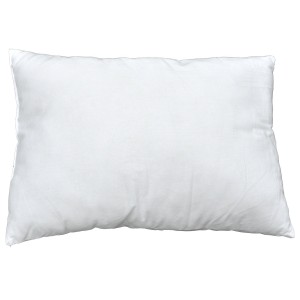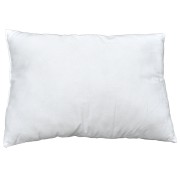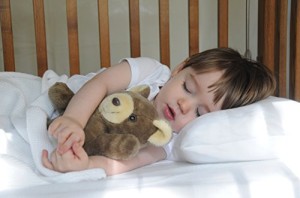Guidelines in Choosing the Best Pillow for Your Small Child
 There are several things to take into consideration when choosing the best pillow for your child. The following can help you in your pillow hunt.
There are several things to take into consideration when choosing the best pillow for your child. The following can help you in your pillow hunt.
FIRMNESS VS SOFTNESS
First and foremost only get a pillow when your child is ready for one. If they’re wadding up a blanket under their head or falling asleep on their stuffed animals it may be time. The typical age is about 2 years. You want a balance between comfort and support. Most chiropractors say to hold off as long as you can, or ensure you get a pillow that is flat enough to avoid kinks in the neck when sleeping.
You want a balance between comfort and support. To know you have it right press down on the pillow. If it does not regain its shape when you press it down it is too soft. A pillow that is too soft poses a risk of suffocation. On the other hand, a pillow that does not move at all when you press down or is too thick will not be comfortable, not to mention may give neck or back problems to your child as they get older.
A relatively thin pillow is ideal for a small head.



Follow Us!